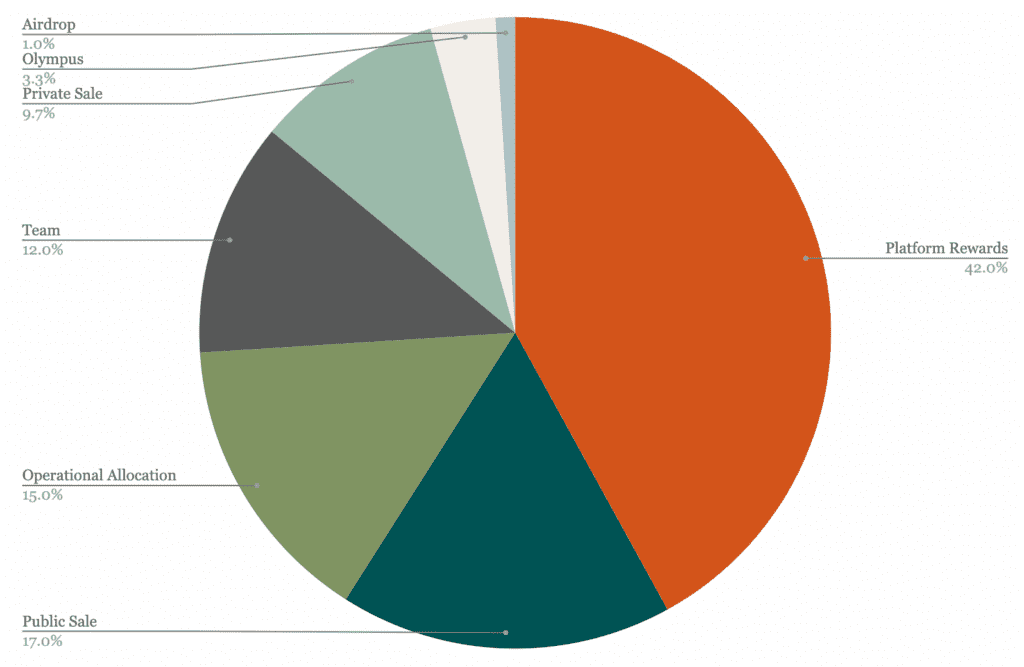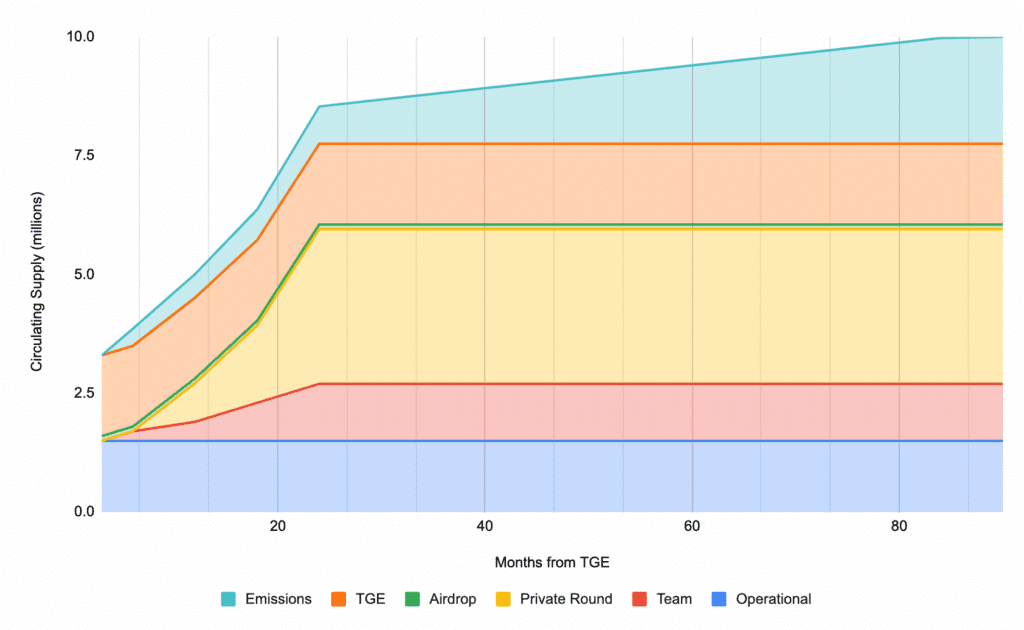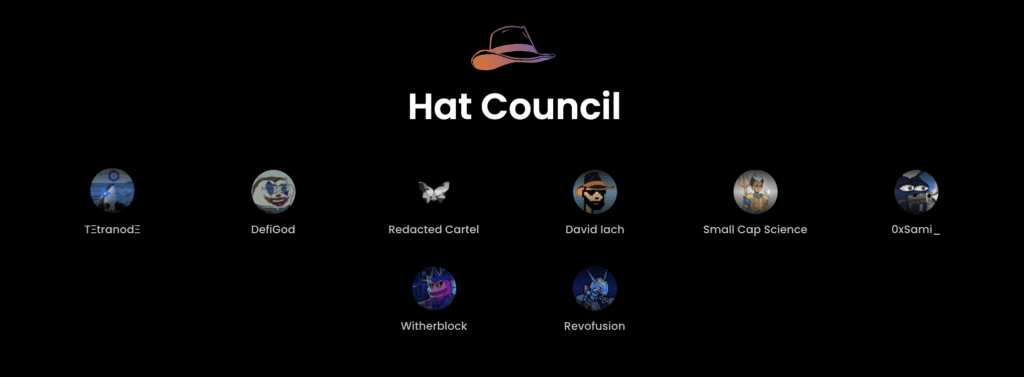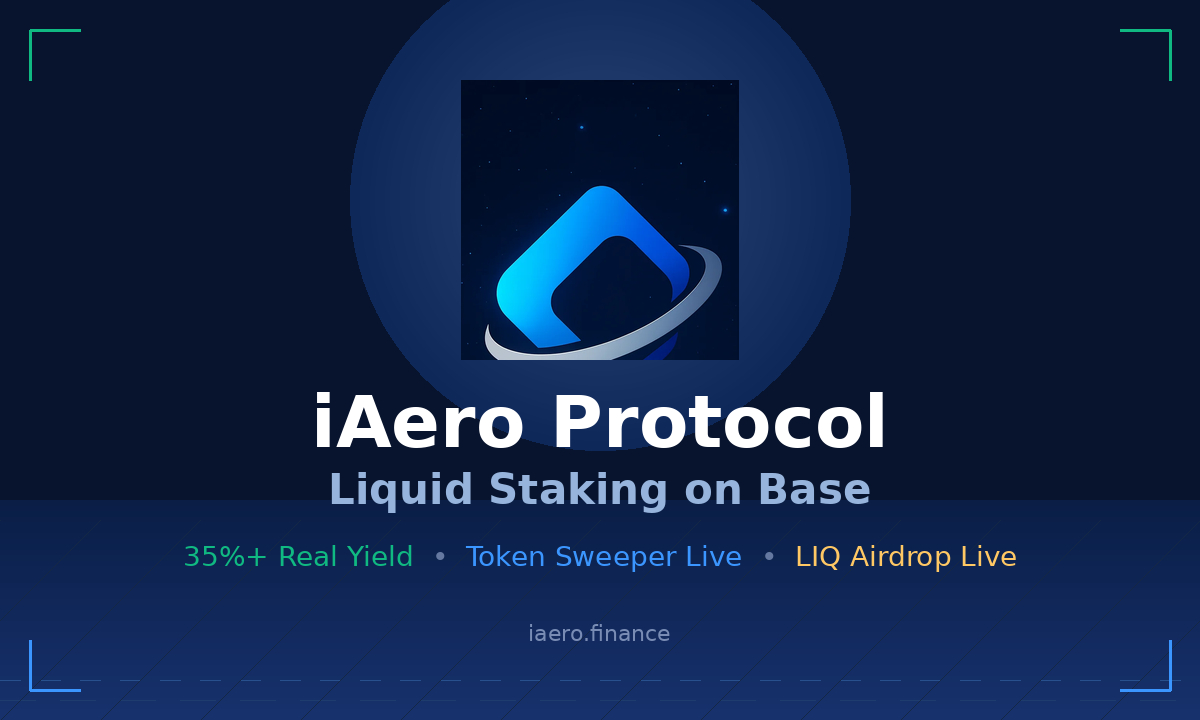Jones DAO Review: Powerful DeFi Platform Helps Optimize Profits On Arbitrum
Recently, the market and community were gradually paying more attention to the Arbitrum ecosystem when Layer 2 launched the token. The speculative money flow has continued, and these low-cap coins have surged significantly. But, low-cap is only a speculative lottery, and if the Arbitrum system is really robust, it will undoubtedly be required for the Jones DAO linking connection of Arbitrum. Let’s learn details about this project with Coincu through this Jones DAO Review article.

What is Jones DAO?
Jones DAO is a profit, strategy, and liquidity protocol for options, with vaults enabling one-click access to institutional-grade options strategies while unlocking liquidity and efficiency by capitalizing DeFi options with asset tokens backed by lucrative options.
Jones DAO is just an investment fund that collects and maintains user funds, but users may control the assets they deposit using smart contracts.
Its purpose is to use tokens backed by Vaults to unleash liquidity and capital efficiency for options trading on DeFi.
The project is primarily interested in three types of users:
- Users do not wish to actively manage tactics or consult with a DAO strategist.
- Consumers do not wish to lock up assets but rather keep their deposits flowing.
- Protocols desire to maximize the value of their treasury assets without the necessity for treasury management experts.
Jones DAO allows not just regular assets but also synthetix assets produced by staking other projects like gOHM and rDPX. This implies that users benefit from both staking and Jones APR.
Moreover, Jones DAO enables the staking of the aforementioned assets. The project currently contains Vaults, and the related assets are ETH, gOHM, DPX, and rDPX. This number is currently modest due to the new Dapp operation. But according to the plan, it will increase in the future.
As can be seen, DPX has a big following on Jones. This is logical given that at least two of Jones’ developers are on the Dopex team, one of the top dApps in the Arbitrum system, according to Holdstation data.
Features
Jones Vaults
Jones DAO provides vaults for a variety of assets and risk profiles. Jones DAO creates income by implementing strategies on deposited assets in Jones Vaults. Users may obtain great returns with actively managed, fully optimized, and hedged strategies with only one click.
Jones Vaults’ mission is to produce profits via customized and advanced hedging options techniques. Vault PnL is computed utilizing vault assets, with the purpose of gradually acquiring additional assets.
Jones Vaults have an average return of around 6% APY, ranging from -0.1% to 30%. Sometimes up to more than 50% APY.
This is an appealing profit, particularly for investors who get APY on the original coin as well as APY from Jones. It can be observed that, despite the broader market’s significant decrease, Jones DAO still provides a substantial return and nearly no loss. This might be seen as the project’s success in terms of efficiency and sustainability.
jAssets
jAssets is a mixable and lucrative asset token that allows tokens in the project’s Strategic Vault to gain liquidity and capital efficiency.
When an asset is deposited into the main Jones Vault, a jAsset token is generated to symbolize the deposit. jAsset tokens will be burnt after withdrawal, and depositors will get interest + deposit back.
jAssets for lending/borrowing
jAssets are completely aggregateable and may be put into the lending protocol, enabling users to free up liquidity for other purposes or leverage their jAssets, so leveraging their Jones Vault position.
jAsset Liquidity Pools
jAsset/Asset features incentive liquidity pools. The Jones Vault’s performance over time determines the jAsset/Asset ratio. Users may trade their Jones Vault holdings (and underlying locked assets) at any moment via the jAsset liquidity pool.
Metavault
Users may utilize Metavault to offer liquidity while automatically hedging against or modestly influencing the price behavior of underlying assets. Jones Metavaults generates LP in a novel and more efficient manner.
Staking
Jones DAO, like other protocols, offers staking services in the system; available trading pairings include JONES, ETH, and jAsset. Now, the Jones DAO Review article will explore how the project works.
How does it work?
Users may provide pairs of LPs to Metavault and deposit them there.
Metavault invests LP tokens in Dopex Farms, creating DPX and rDPX profits.
- On the LP farm, 50% of this output is automatically pooled.
- Half of this profit is utilized to purchase the option:
- This part of LP revenues is utilized by Bull Metavault to purchase call options.
- This part of LP revenues is utilized to purchase put options in Bear Metavault. Gains from options acquired are reflected in the LP position.
- Users may make deposits at any epoch throughout the one-week period.
Metavault’s advantages:
- Bull Metavault: Invest LP in a Dopex farm and purchase call options for a 50% weekly profit. If the price of the LP asset rises, the call may benefit, making a greater profit overall and magnifying gains.
- Bear Metavault: LP stake in Dopex farm, purchase put options with 50% weekly profit. If the price of the LP asset falls, the put may profit, safeguarding the position from the downside.
- Flip: Automatically switches between the Metavaults of Bull and Bear, with the change taking effect on the following epoch. Users may alter their holdings in response to market circumstances.
- Minimize the effect of transitory losses on LP assets caused by price changes.
Staking LP generates a weekly dividend of 50%, which is utilized to purchase options. Purchased weekly options equal 0.24% of Metavault TVL at 24% APR from standard LP staking. This guarantees that metavaults are risk-managed by making safe and acceptable choices. Thus the yield provided by underlying holdings and shielded metavaults is the source of this vulnerability.

A Bull Metavault will outperform a bare LP investment during a rise in the price of an LP asset. Bear Metavault outperforms a bare LP holding during an LP asset’s downturn. Users may earn attractive LP returns for Arbitrum ecosystem tokens like DPX and rDPX, as well as strategically expose or safeguard assets and grow positions LP with actual income via PnL options.
Jones DAO gets a total of 10% of Metavault’s overall earnings as fees for yield farming, pooling, and auto-buying options.
JONES token
Key Metrics
- Token Name: Jones DAO token
- Ticker: JONES
- Blockchain: Arbitrum
- Token Contract: 0x10393c20975cf177a3513071bc110f7962cd67da
- Token Type: Utility
- Total Supply: 10,000,000 JONES
- Circulating Supply: 4,235,941 JONES
Token Allocation
- Platform Rewards: 42%
- Public Sale: 17%
- Operational Allocation: 15%
- Private Sale: 9.7%
- Core Contributor Allocation: 12%
- Olympus: 3.3%
- Airdrop: 1%.

Release Schedule
- Operational Allocation: is utilized for governance, incentivizing community contributions and platform development, recruiting human resources, calculating running expenses, and determining protocol expansion.
- Platform Rewards: are awarded over a period of 7 to 10 years. These awards will be used to incentivize the usage and upkeep of the Jones DAO platform, with the percentage of tokens issued dynamically on a regular basis.
- Core Contributor Allocation: vesting for 18 months and given every 6 months.
- Airdrop: a method of rewarding early protocol users and Dopex SSOV users.
- Olympus: OlympusDAO allocation is suggested.

Use Cases
- Protocols should have liquidity.
- Used to provide incentives to users.
- Tokens can also be used as collateral in the Jones DAO ecosystem to mint or borrow jAsset.
- System administration is handled by veJones.
JONES price dynamics
JONES raises the price when customers lock JONEs in order to get veJONEs and other benefits from the initiative.
Holders of veJONES will be able to vote on the weights of the Jones Vaults and jAsset pools. This is appropriate for long-term JONES owners utilizing the platform. Depositors in the ETH Jones Vault, for example, may purchase and lock JONES in order to vote for higher JONES emissions for the ETH Jones Vault.
Users may buy and lock JONES for veJONES in order to receive a percentage of protocol fees and extra JONES emissions.
Since the quantity of inflation tokens is focused directly on the Vaults and Pools that customers actually utilize, the system can be incredibly efficient with incentives. Protocols may avoid paying high APRs for underutilized groups by using JONES Token. Inflation has been optimized.
Real Yield is the model that followed the debut of veJONES. This technique will create a consistent income, particularly during the bear season, without inflating the value of the JONES. Because while collecting fees from activities, the platform will take a portion of tokens like as ETH, DPX, etc., based on transaction volume and distribute that token back to the user.
Fees
The major source of income for the Jones DAO protocol is fees/total TVL in the system, which includes:
- Annual fee/Total TVL, per epoch: 2%
- Fee for execution dependent on yield generated: 20%
Core team
The project team is completely anonymous, Jones DAO’s progress is updated via Twitter accounts: @0x_ivan, @shreddydefi, @JonesDAO_Intern, @GilgameshOfJPEG, @0x_ultra, @FroyoFren, @RafterDegen, @unicornnewborn.

Investors and partners
Investors
The project does not disclose information about its investors as well as its funding rounds.
Partners
Jones DAO has worked with a number of prominent lending/borrowing partners, including Dopex, Olympus, Camelot, GMX, and PlutusDAO.
Dopex is a close collaboration with JonesDAO since the creator of Dopex is the investor in Jones – @witherblock. JonesDAO trades options on the Dopex platform, generating returns for investors. GMX has also been involved with the project from its inception, although there is presently no strategy Vault/Stake Pool for GMX or GLP.

Conclusion of Jones DAO Review
Jones DAO is now a component of the jigsaw that is most interested in Arbitrum. The competition between project vaults is still centered on large partners or initiatives in the ecosystem. As a result, the price rise of the project is also dependent on the robust development of partner projects, which are derivative exchanges such as GMX, Dopex, and so on.
While derivatives have enormous promise in decentralization, various technical features are also required to improve the user experience. Only then will we be able to attract more invited users and generate enough cash flow to justify raising the token’s price.
Yet, there are still instances when the token’s price rises in line with the trend, like during the Aribtrum season or the next DeFi summer. To acquire excellent positions, we must continue to watch and observe market moves. Hopefully the Jones DAO Review article has helped you understand more about the project.
DISCLAIMER: The Information on this website is provided as general market commentary and does not constitute investment advice. We encourage you to do your own research before investing.
Join us to keep track of news: https://linktr.ee/coincu
Harold
Coincu News















